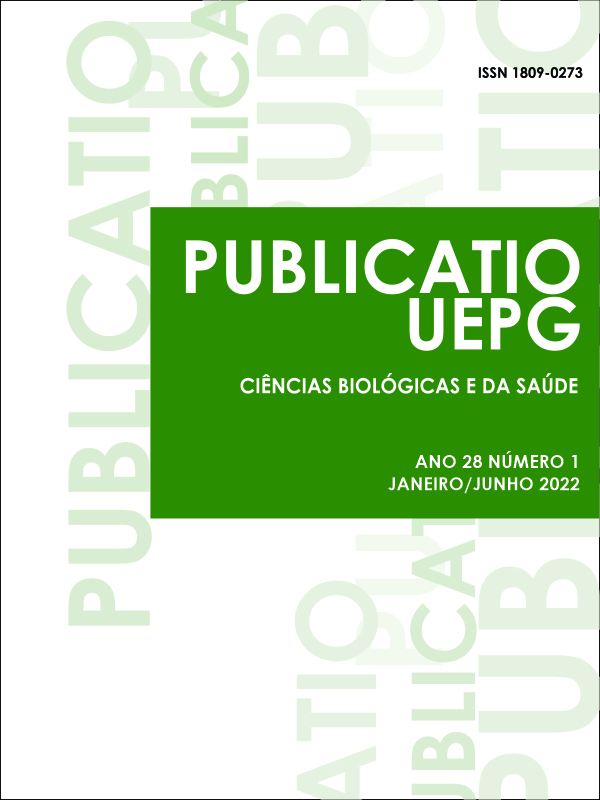Observational study with hospitalized patients treated with warfarin
Abstract
Warfarin is a widely used oral anticoagulant, with several indications in clinical practice. However, several inconveniences can interfere with therapeutic success, such as the narrow therapeutic range, variability in the dose-response relationship, extensive drug and food interactions, periodic laboratory control and frequent dose adjustments. Thus, the aim of this study was to identify potential interferences of oral anticoagulant therapy with warfarin. It was a single center, prospective observational study, with a single group of individuals, conducted in a public hospital. The recruitment of patients was performed between March and June 2021, including patients who met the inclusion criteria and accepted the invitation to participate in the study and signed an informed consent form. The outcomes studied were length of hospital stay, time to reach therapeutic levels, dose management for target international normalized ratio (INR) and discharge with INR in the target range, number of medications and presence of potential drug interactions. Median time to reach target INR was 4.5 days. 69.2% of the patients reached a target INR during hospitalization, however only 50% were discharged with INR values in the target range for the indication. The average of comorbidities per patient was 4.38, and an average of 9.4 drugs prescribed per patient was observed, with 4.8 potential drug interactions per patient. The observed results point to several opportunities for the pharmacist to promote patient care to contribute for the quality and safety of patients treatment.
Downloads
Downloads
Published
Issue
Section
License

Este obra está licenciado com uma Licença Creative Commons Atribuição 4.0 Internacional.
Esta licença permite que outros distribuam, remixem, adaptem e criem a partir do seu trabalho, mesmo para fins comerciais, desde que lhe atribuam o devido crédito pela criação original. Este posicionamento está de acordo com as recomendações de acesso aberto da Budapest Open Access Initiative (BOAI).


